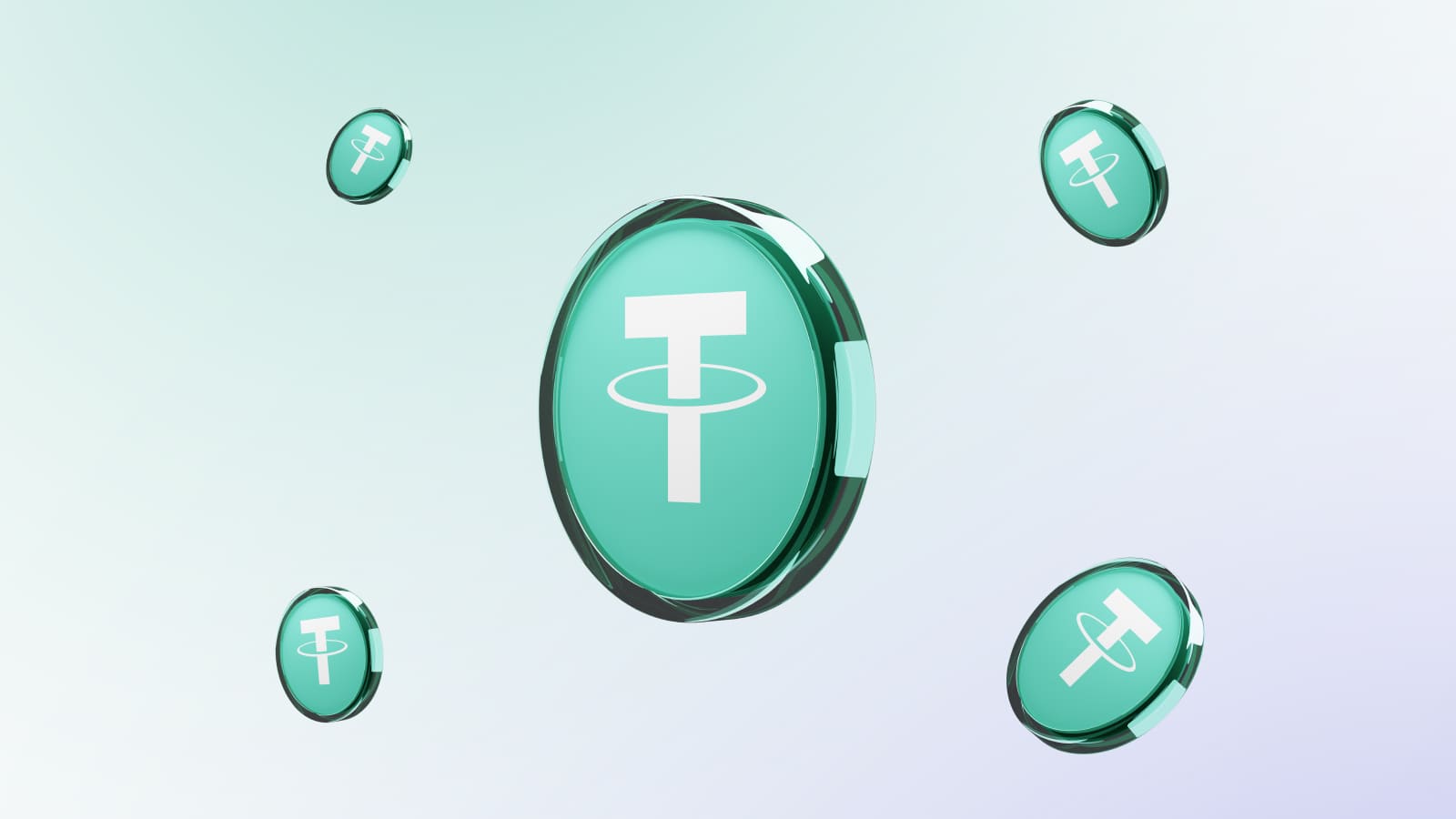As global trade and digital commerce expands in Latin America, Colombian businesses are tapping into the exploration of innovative payment rails and cross border payment networks and flows. In this scenario of innovation, Stablecoins, particularly USDT (Tether), offers a bridge between the speed of blockchain clubbed with the familiarity and adaptation with local currency rails. By combining USDT with Colombian rails like PSE (Pagos Seguros en Linea) and partnering banks like Bancolombia, exporters and leading service providers and platforms, can together build efficient payout and collection flows that reduce costs, latency and currency risks. In this article, we’ll explore how USDT reception can be followed and integrated in Colombia, how to carry out payouts and conversions and we’ll also understand the best practices, associated risks and mitigation tips. Let’s find out further!
Understanding Colombian payment system and crypto landscape
Payment infrastructure: PSE and local methods
- PSE (Pagos Seguros en Línea) is a widely used online bank transfer payment method in Colombia. It allows users to make direct transfers from their bank accounts through an integrated interface embedded in e-commerce checkouts.
- In e-commerce, PSE is often among the top used payment rails - it is familiar among the locals and well integrated with Colombian banks.
- Other local rails include ACH Colombia, wallet services like Nequi and Deviplata and instant payment flows for low value and less effort transfers.
Banking and Crypto in Colombia
- BanColombia is one of Colombia's largest banking groups. Well ahead, in recent years, it’s getting indulged in digital assets, launching a stablecoin/crypto offering known as Wenia, although it is structured outside direct Colombian regulations.
- However, Colombian regulators maintain a cautious stance, cryptocurrencies are not yet considered to be the legal tender and banks are not authorised to hold or custody crypto assets in the country.
- At the same time, crypto currencies are considered to be intangible assets and are subject to reporting and legal and tax obligations.
- The UAIF deploys AML rules requiring clear reporting of crypto transactions beyond a certain threshold.
This means that even though banks don’t directly handle crypto, businesses can use licensed crypto platforms, exchanges or gateways that interconnect with banks for fiat settlements.
Receiving USDT in Colombia
When your business wants to collect USDT payments from clients and partners globally, follow the roadmap to execute the collection;
- Select a USDT enabled wallet or payment gateway
Use a platform or gateway that supports USDT (on Ethereum, Tron or other chains) and also provides relevant merchant tools like invoicing, webhooks and address generation. Make sure that the gateway is compliant with AML/KYC with an active presence in Latin America.
- Provide a receiving address or payment link/QR code
On your checkout or invoice, present the USDT address or gateway generated payment link with the amount and memo. The client then sends USDT via their wallet/exchange.
- Monitor blockchain confirmations
The gateway or your system should lookout for on-chain confirmations and then proceed with marking the invoice order as paid.
- Conversion and settlement
You can choose to hold USDT or convert to COP via designated partner or local exchange. Lookout for conversion partners facilitating USDT to COP rails.
- Fiat settlement to bank account
Once converted, the funds are deposited into the linked Colombian bank accounts. The recipient can then utilize local rails (ACH, SPEI equivalent or internal transfers) to propagate the money forward - via bank transfers or local wallets.
By integrating these steps in your value flows, businesses can accept global clients paying in USDT and settle in local currency domestically with minimal steps and quicker flows.
Key advantages of these transactions include global reach and value capture, high speed and lower costs, transparency and auditability, flexibility in all aspects.
Paying contractors, Vendors or freelancers in Colombia
If your business needs to carry out payouts in Colombia, using USDT or stablecoins can help streamline operating and gain the best value out of the transactions. To carry out these transfers follow the listed steps;
- Convert fiat or reserves to USDT
The first step is to convert the required amount to USDT from your treasury or local funds using a trusted exchange or gateway.
- Send USDT to the recipient's wallet address
The recipient shall provide their USDT wallet address on the supported blockchain. Once you’ve broadcast the transfer, it reflects on the chain.
- Recipient conversion and withdrawal
The recipient can use a local Colombian exchange or a designated partner which supports USDT to COP conversion. Once the conversion takes place, the funds are deposited into their Colombian bank account.
- Use PSE/bank transfer rails to move funds locally
Once funds are in the bank account, they can directly move across via PSE rails or internal bank transfers based on requirement and convenience.
These transfers enable benefits like fewer intermediaries,faster settlements, predictable value and scalable payouts.
Things to consider when converting USDT to COP
Converting USDT to COP is a critical step in the process of stablecoin collections and payouts, here’s what to keep in mind;
- Liquidity and local exchange
Use Colombian platforms or platforms offering USDT/COP pairs for exchange and deposits.
- Pricing and spreads
Make sure to compare exchange rates, fees and slippage along with network fees and related costs.
- Regulatory compliance
On/off ramp providers must follow AML/KYC and reporting rules for legal, recognized transfers.
- Settlement speed
The time from conversion to deposit in a bank account is a must to consider.
- Bank deposit and rails
Ensure that your bank is ready to accept deposits from exchange partners and provides interlinking flexibility.
Conclusion
For Colombian businesses aiming to modernise their native payment rails across borders, a vivid combination of USDT payouts and collections clubbed with local rails and fiat settlements, offers a compelling hybrid solution. Collection in USDT comes with a set of benefits enabling capturing of USD value payments globally, local conversion and usability and high speed settlements. Payouts in USDT are also beneficial on these lines. While crypto regulations in the country are still taking shape, businesses can adopt the path of licensed on/off ramp crypto services and local banking partnerships. Colombia provides a viable ecosystem for businesses to start right.
If you wish to start USDT payouts and collections for your business in Colombia, talk to experts at TransFi today and integrate stablecoin rails seamlessly, initiate PSE settlements and benefit from local banking interconnectivity.
To know more, also read: USDT Payout and Collection in Brazil – via PIX and Itaú Unibanco
Frequently asked questions (FAQs)
- What is PSE and how does it relate to USDT flows?
PSE (Pagos Seguros en Línea) is a widely used online bank transfer payment method in Colombia. It allows users to make direct transfers from their bank accounts through an integrated interface embedded in e-commerce checkouts which means that it can serve as a fiat settlement medium after conversion from USDT.
- What are the key advantages of stablecoin collections in Colombia?
Stablecoin collections provide the following benefits;
- Global reach and value capture
- High speed and lower costs
- Transparency and auditability
- Flexibility in all aspects
- Can USDT payouts be carried out in bulk?
Yes, batch transfers via wallet or gateway can be carried out and they provide cost optimization and operational flexibility.
- What are the fees for collecting USDT in Colombia?
The fee structure depends on the blockchain network charges, service provider charges, conversion fees and bank deposit fees. While the blockchain network fee is minimal, it's important to analyze all aspects of the cost breakdown.
- How fast are USDT payouts in Colombia?
On-chain transfers may take seconds to minutes while conversion and deposit timeline depends on the exchange partner—could range from minutes to hours.
Table of Contents
Suggested Article
Explore our products

Make global payments at the speed of a click

Accept payments, remove borders.

Unlock Seamless Digital Currency Transactions Anywhere







.jpeg)
.png)














